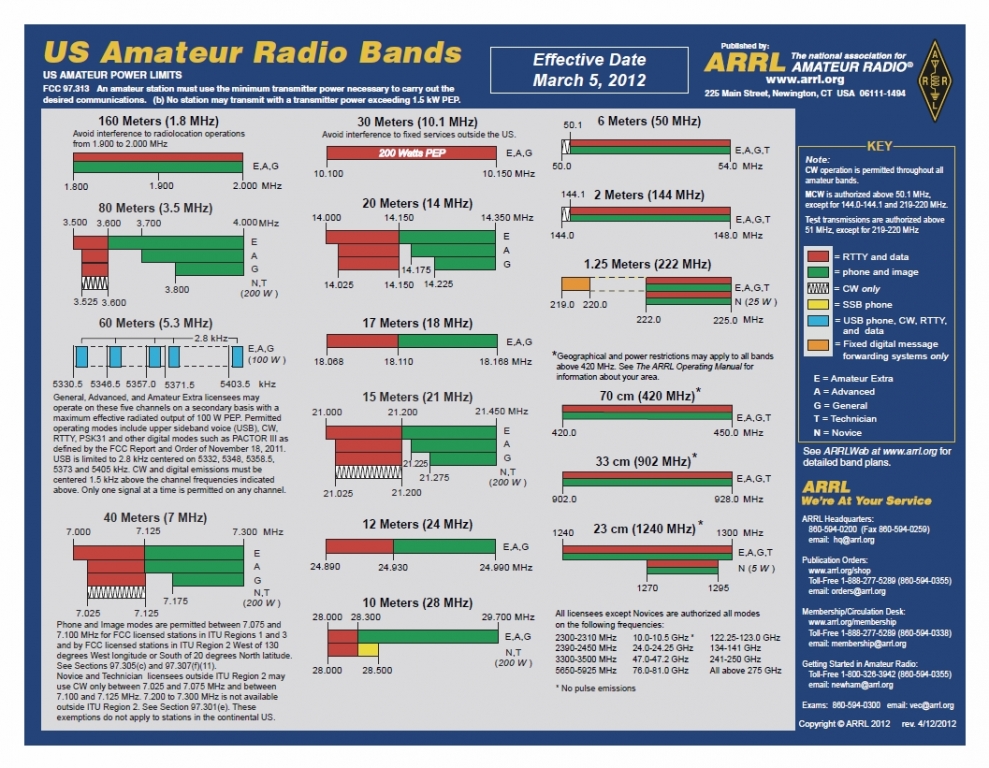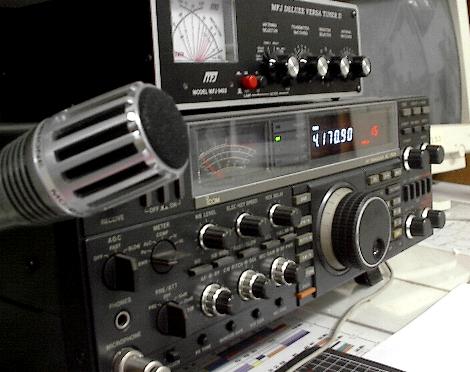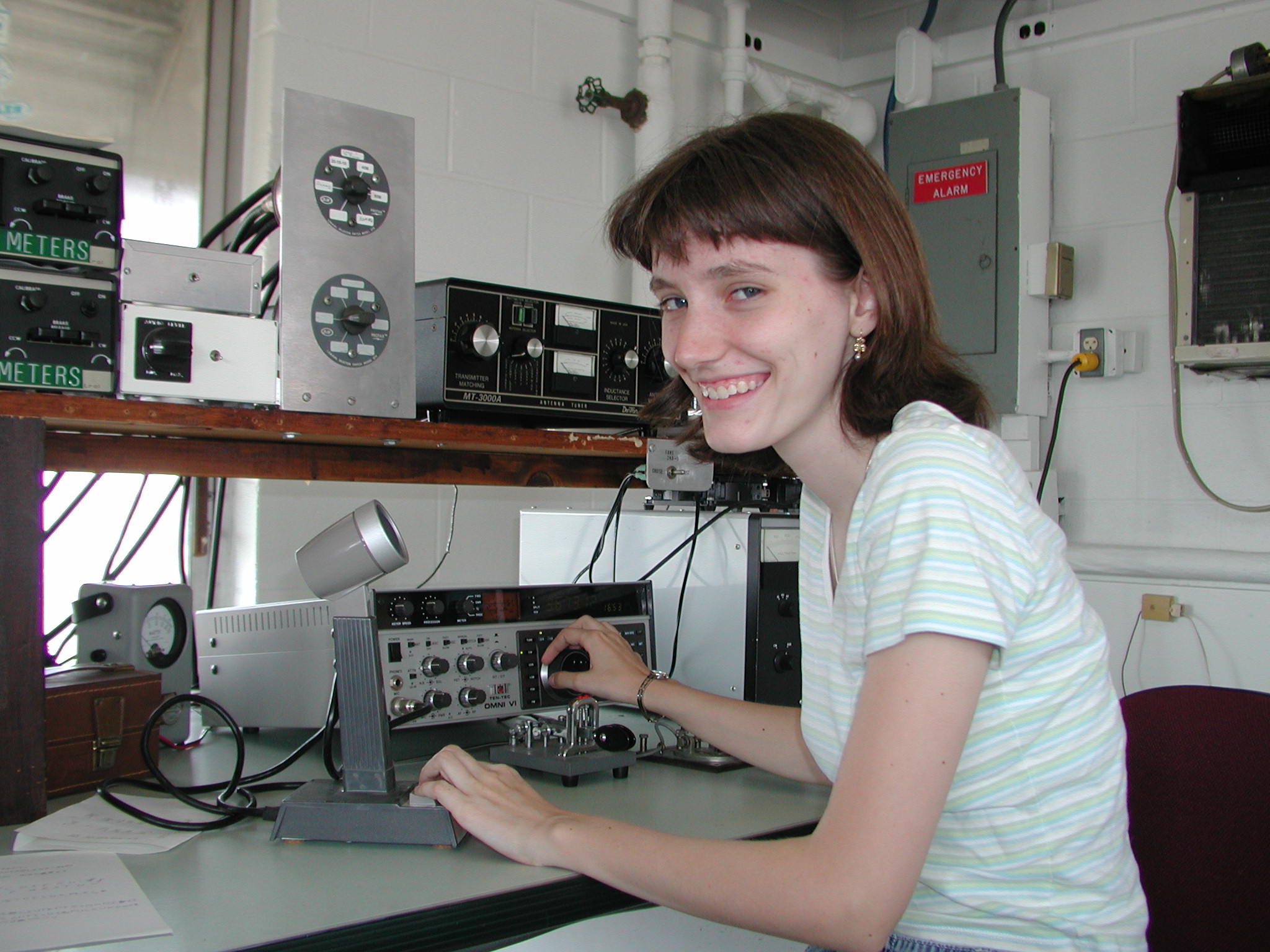HAM radio is a popular hobby and a crucial skill during emergencies or disasters. When cell phones and the internet fail, HAM radio offers an alternative for communication, ensuring you stay connected with family, friends, or your network.
Licensing
Operating a HAM radio requires a license, commonly referred to as "getting your ticket." The process involves paying a small fee and passing an exam. The Amateur Radio Relay League (ARRL) can help locate testing centers.
Licensing levels include:
- Technician: Transmit up to 100 watts on limited frequencies.
- General: Transmit up to 1500 watts on broader frequencies.
- Extra: Transmit up to 1500 watts on all frequencies.
In a disaster, licensing may be less critical, but practicing at the General level will prepare you to operate effectively at 1500 watts. Below is a chart of the frequencies available for each license level:

Equipment
To get started, you’ll need the following:
- Transceiver: A transmitter/receiver combo. Prices range from $200-$500, depending on wattage.
- Power Supply: Powers the transceiver. Ensure compatibility; costs are typically under $100.
- Antenna: Allows overseas transmission. Expect to pay $50-$100. Check local zoning laws for installation rules.
- Tuner: Links the antenna with the transceiver. Manual tuners are recommended for beginners.
- Microphone: Facilitates voice communication. Optional: Morse code keys.
- Cables: Connect components. Keep spares for repairs.

Stock up on fuses, wires, and other parts for maintenance, as replacements may be hard to find in emergencies.
Communicating with Morse Code
Use the antenna tuner to achieve a 1:1 match, ensuring a clear signal. Verify an open frequency by sending "QRL" (Is this frequency busy?) or asking verbally, "This is [your callsign], is this frequency busy?" Call others by sending "CQ," such as:
CQ CQ CQ DE [your callsign] [your callsign] K
Below are helpful Q codes for Morse code communication:
- QRL: Is this frequency busy?
- QRM: Interference from another signal.
- QRN: Static interference.
- QRO: Increase power?
- QRP: Decrease power?
- QSL: Message received and understood.
- QTH: What is your location?
Communicating via Phone Radio
For phone communication, start with: Hello CQ CQ CQ this is [your callsign] [your callsign] calling 20 meters.
Repeat and wait for a response. Use the NATO phonetic alphabet for clarity:
- A: Alpha
- B: Bravo
- C: Charlie

End conversations with "73" (Goodbye) and consider logging contacts by sending QSL cards or letters.












